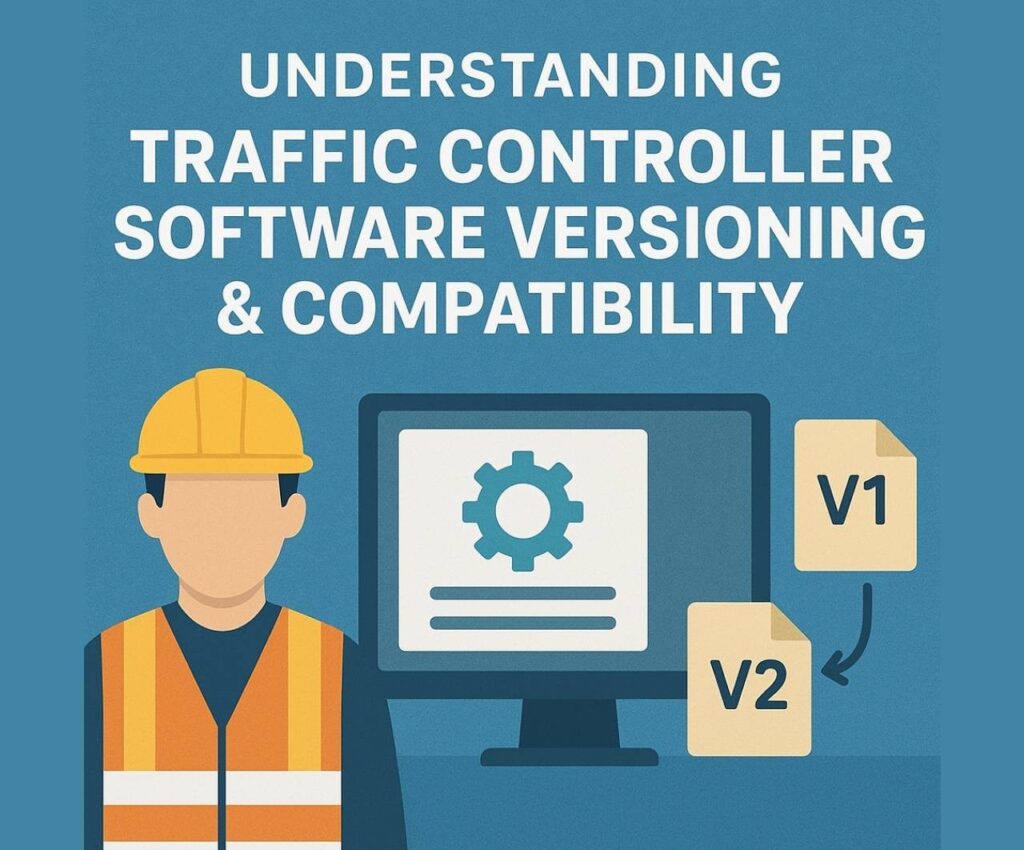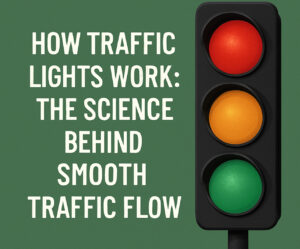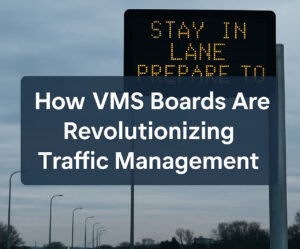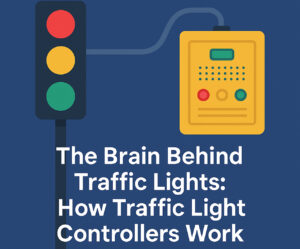In the evolving world of light traffic control, staying ahead of technology updates is no longer a luxury—it’s a necessity. With the increasing demand for remote control traffic light systems and the widespread integration of remote traffic light control platforms, traffic management has entered a new digital era. For municipalities, contractors, and infrastructure developers alike, one key challenge is keeping traffic controller software up to date—without sacrificing compatibility or safety.
As a trusted OEM and wholesaler in the traffic industry, we’ve worked with countless clients to help them navigate the often-overlooked complexities of controller software versioning. In this guide, we’ll break down what it is, why it matters, and how to ensure your systems remain both future-proof and fully functional. Know more.
What Is Traffic Controller Software?
Traffic controllers are the brain behind your light traffic control infrastructure. They determine the sequencing, timing, and logic behind signal changes, pedestrian crossings, vehicle detection, and emergency preemption.
The software running these devices dictates:
- Signal timings
- Mode switches (manual, automatic, event-based)
- Coordination between intersections
- Integration with remote traffic light control platforms
- System alerts, diagnostics, and logs
The key point? This software isn’t static. Like any digital system, it’s regularly updated—whether to patch bugs, improve algorithms, add features, or integrate with newer hardware.
Why Software Versioning Matters in Traffic Control Systems
1. Compatibility with Smart City Systems
Modern cities rely on synchronized networks of smart devices. A legacy remote control traffic light unit running outdated software can bottleneck your entire network. Versioning ensures each device speaks the same digital language.
2. Regulatory Compliance
In many regions, departments of transportation require traffic controllers to run approved firmware versions. Compatibility between the physical hardware and software version is crucial—especially during inspections or audits.
3. Performance & Security
Outdated software may lack optimization or open your systems to security vulnerabilities. In remote traffic light control, where signals are operated over networks, encryption and authentication protocols must be current.
Common Issues With Incompatible Software Versions
- Signals stuck in a loop or fail-safe mode
- Delayed communication with central servers
- Loss of remote control traffic light capabilities
- Inability to update timing plans across intersections
- Conflicts with third-party light traffic control platforms
These problems aren’t just inconvenient—they’re safety risks. In traffic management, a 5-second delay or an out-of-sync green wave can cause congestion or accidents.
Decoding Version Numbers: What They Mean
Traffic controller software versions typically use a format like v3.4.1 or v4.0.0-beta. Each section tells a story:
- Major Version (3): Big updates, often incompatible with earlier versions
- Minor Version (4): Feature improvements or small additions
- Patch (1): Bug fixes or micro updates
- Tags (beta, alpha, LTS): Indicates release stability
Before upgrading or integrating remote control traffic light systems, always verify version compatibility between your controller, software UI, and any third-party platform.
Best Practices for Managing Traffic Software Updates
✅ Maintain a Version Log
Track software versions across your network. Use spreadsheets, management dashboards, or traffic management systems that log changes in light traffic control setups.
✅ Test Updates in a Sandbox
Before deploying across an entire city grid, simulate the update on a test unit to avoid surprise bugs or timing mismatches in remote traffic light control systems.
✅ Align with Vendor Recommendations
OEM providers (like us) often release version compatibility charts. Cross-reference before integrating third-party components such as loop detectors or remote control traffic light receivers.
✅ Schedule Updates During Low-Traffic Hours
Nighttime updates reduce risk. Should a controller need rebooting or rollback, fewer commuters are affected.
Integrating Legacy Systems With Modern Software
Many municipalities still use controllers installed over a decade ago. These units can be retrofitted with modern communication modules to support remote traffic light control. However, bridging the old and new can introduce headaches:
- Software may need intermediate upgrades
- Cabling and ports may require adapters
- Timing plans must be carefully migrated
If you’re integrating legacy intersections into a smart light traffic control grid, we recommend working with your OEM for hardware audits and update strategies.
The Role of Remote Control in 2025 Traffic Systems
With growing interest in connected infrastructure, remote control traffic light systems are now standard in new developments. These setups allow operators to:
- Manually override signals in real time
- Monitor status and health diagnostics
- Push emergency alerts or traffic pattern changes
- Sync intersections to special event plans
For these features to work smoothly, the software must support cloud communication protocols, local failover logic, and mobile access—all tied to the right version.
Remote Traffic Light Control: The Backbone of Smart Mobility
In modern cities, remote traffic light control platforms serve as mission control. Operators can:
- Optimize routes using AI
- Detect traffic anomalies
- Trigger special timing plans during peak hours
- Reduce emissions through flow smoothing
But all these benefits rely on version-compatible firmware across every controller. A mismatch can break synchronization or prevent live updates, negating the value of smart tech.
OEM Perspective: How We Support Version Compatibility
As an OEM and wholesaler, our role goes beyond hardware supply. We provide:
- Version-certified controllers and light traffic control equipment
- Update kits for older systems
- Software consultation and integration guides
- Firmware pre-flashed hardware for fast deployment
- Ongoing tech support to troubleshoot version issues
Whether you’re upgrading a suburban network or building a smart grid from scratch, version management is easier with a capable partner.
Case Study: City-Wide Controller Upgrade in SE Asia
A municipal client recently faced compatibility failures after integrating third-party remote control traffic light systems. Signal disruptions led to congestion and complaints.
Our team:
- Audited the entire light traffic control infrastructure
- Identified firmware mismatches across 12 controller models
- Provided standardized updates
- Ensured seamless remote traffic light control connectivity across 200+ intersections
The result? Improved flow, better data insights, and zero mid-cycle failures since deployment.
Conclusion: Why Versioning Is a Silent Hero in Traffic Control
You can have the best hardware, cameras, and detection systems—but without proper software versioning, your remote traffic light control will always lag behind.
In 2025, this topic is no longer niche—it’s core to operational efficiency, public safety, and smart city integration. From light traffic control timing plans to scalable remote control traffic light deployments, versioning ensures your system keeps up with today’s pace.
Let’s Future-Proof Your Traffic Systems
Need help verifying software versions, planning upgrades, or sourcing compatible remote control traffic light solutions? Let’s talk. As a trusted OEM and wholesaler, we’re here to simplify your upgrade path and keep your light traffic control grid running smoothly.





